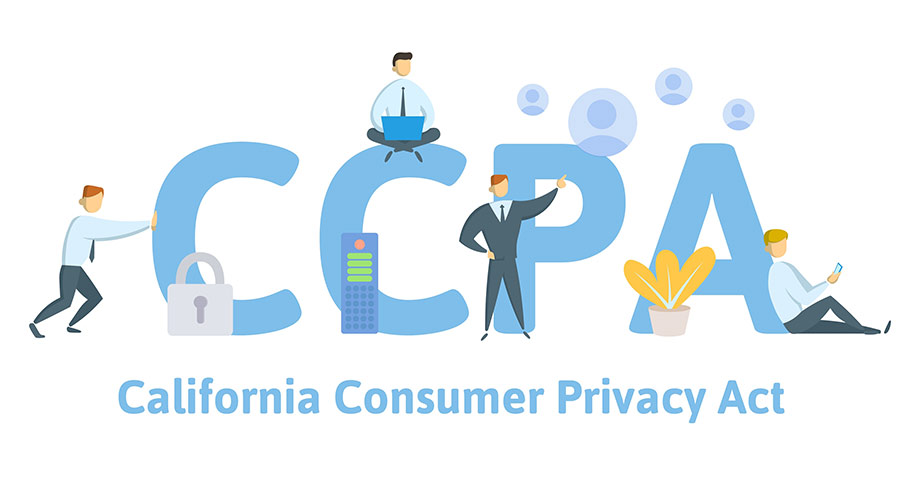
Nearly 5,000 ADA lawsuits were filed in federal court for alleged website violations in the first six months of 2018, according to a law firm that specializes in defending such cases.
Title III of the Americans with Disabilities Act of 1990 (ADA) prohibits discrimination on the basis of disability in places of public accommodation and exempts application only to private clubs or establishments exempted from coverage under title II of the Civil Rights Act of 1964 or to religious organizations or entities controlled by religious organizations. Title III does not directly address whether places of public accommodation include websites. However, the Department of Justice (DOJ) has taken the position that Title III applies to all public-facing websites used by companies that otherwise qualify as places of public accommodation.
When the ADA was enacted in 1990, far fewer people used the internet and discrimination based on disability mostly occurred in person. Title III provides the standards required for businesses’ physical locations to properly accommodate disabled individuals. However, Title III does not provide any regulatory guidance for the internet, websites, or mobile applications.
Companies must also consider case law when analyzing ADA website accessibility compliance. Without explicit DOJ statutory guidance, there has been:
- An increase in litigation alleging companies have violated Title III of the ADA by not making their websites or mobile applications accessible to persons with disabilities.
- A circuit court split on several related issues, including whether a website qualifies as a place of public accommodation even though:
- the company only operates online; and
- does not have a traditional brick and mortar location
The rise of litigation and uncertainty surrounding the applicability of the ADA to websites should prompt companies to take preemptive steps to protect against liability by adopting practices that ensure their websites are accessible to disabled persons. The courts have relied on WCAG 2.0 and the DOJ has relied more specifically on WCAG 2.0, AA Conformance for determining whether a website violates Title III and as the requirements for a discriminating website to become Title III compliant.
Both the courts and DOJ have relied on WCAG 2.0 for determining whether a website violates Title III. Companies in pursuit of WCAG 2.0 AA conformance should first follow WCAG 2.0 requirements for Level A conformance, by:
- providing text alternatives for all non-text content. Text alternatives are translated by software that allows disabled persons to navigate the webpage. Controls and input fields should have a name describing their purpose;
- providing equivalent information for time-based media. Prerecorded video and audio content should be provided as alternatives to video-only and audio-only content. An audio track could be provided to represent video-only content. Captions should be provided for all prerecorded audio content;
- creating content that may be presented in multiple ways without losing information. The website’s information, structure, and logic should be presented in a way that is accessible to a variety of users, including those that use assistive technologies;
- not using color as the only means of conveying visual information, distinguishing visual components, indicating actions, or prompting a response;
- allowing for independent control (such as pausing or stopping) of audio on webpages where audio plays automatically for more than three seconds;
- allowing users to fully operate the website through a keyboard interface;
- providing users with the option to turn off, adjust, or extend any time limit set by content, except when that time limit is part of a real-time event and there is no alternative for the time limit;
- providing users with the option to pause, stop, or hide any unessential moving, blinking, or scrolling information that starts automatically;
- avoiding designing content in a way that is known to cause seizures;
- providing options to bypass repeating blocks of content on multiple pages;
- providing web pages with titles that describe the topic or purpose of the page;
- making sure that the website navigation is done sequentially and in a way that allows for easy movement between webpages;
- ensuring that the purpose of each link can be determined by the link text alone, unless the purpose is ambiguous to all users;
- designing the website so that the language of webpages can be determined by assistive technology;
- ensuring that website functionality and content is not disrupted when users input information and changes are applied to any setting;
- providing text information when there is an error that specifies the item in error and the error itself; and
- providing labels, guidance, and instructions on where user input is required.
In addition to following WCAG 2.0 requirements for Level A conformance, a company should follow WCAG 2.0 requirements for Level AA conformance, by:
- providing captions for all live audio content;
- providing audio description for all prerecorded video content;
- ensuring text content and images of text have a contract ratio of 4.5:1. Large-scale text and images of large-scale text should instead have a contract ratio of 3:1;
- providing users with the ability to resize text up to 200% percent without using assistive technology or losing content or functionality;
- using text to convey information instead of images where possible;
- providing multiple ways to locate webpages;
- using headings and labels to describe topics and purposes of webpage components;
- making sure the keyboard focus indicator is visible through all interfaces;
- ensuring that webpage navigation and menus which appear on multiple web pages occur in the same order each time they appear;
- consistently identifying components with the same functionality;
- providing users with correctional suggestions for known input errors; and
- ensuring that all users can check and confirm sensitive, inputted legal and financial data before submitting the information.
On June 5, 2018, the W3C published WCAG 2.1, which updates some of the existing WCAG 2.0 conformance requirements, and is intended to provide a better overall web experience.
Individual states have also enacted laws banning discrimination. In California, it’s the Unruh Civil Rights Act (which requires business establishments to provide “full and equal accommodations advantages, facilities, privileges, or services”); New York has a New York State Human Rights Law. Like other states across the country, both California’s Fair Employment and Housing Act (FEHA) and the Minnesota Human Rights Act (MHRA) prohibit discrimination based on disability in the employment context, including against job applicants. Therefore, companies with online job applications should additionally make sure that any online job application is accessible to disabled individuals. All companies are encouraged to work with their web developers to ensure their websites meet the WCAG 2.0 Level AA and WCAG 2.1 Level AA standards. Companies should also consider incorporating a website accessibility statement on the website and referring disabled individuals to alternate forms of communication to obtain information on the website, such as telephonic access.




